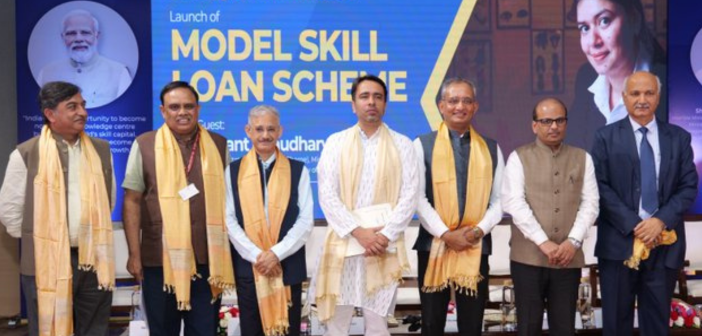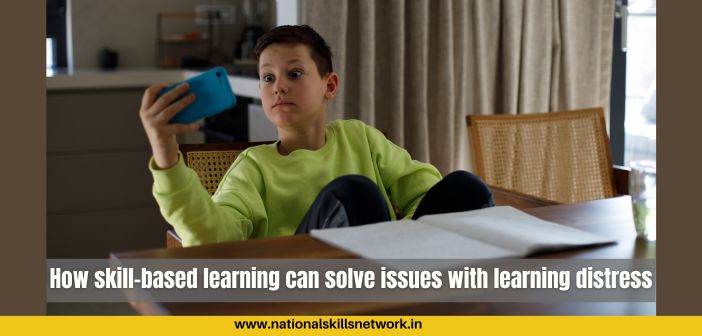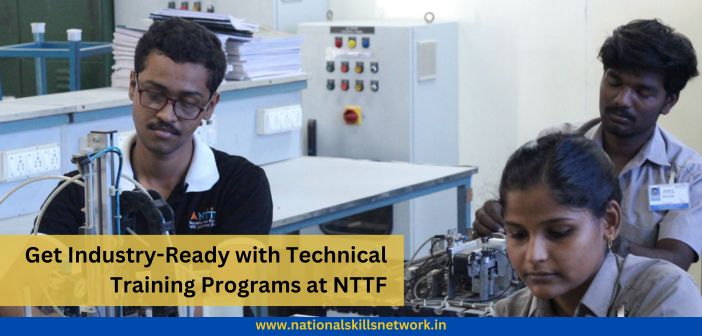Section 3: Reflections
One of the key points that ran through all the presentations is a sense of global disillusionment with existing models of education that do not prepare the students for jobs and entrepreneurship. How do we chart the evolving skill development ecosystem by aligning quality with numbers, by adapting successful international VET models, by creating pathways for seamless integration with formal mainstream education? What are the ways in which Indian training providers and employers can overcome sociocultural hurdles in attracting youth to skilling programs and control attrition?
DOWNLOAD and PRINT: Click here to download the complete report in PDF version.
- It is a well-known fact that in India we’ve neglected vocational education and training in favor of mainstream academic qualifications and this has resulted in a crisis. Adapting international models of VET, particularly the German and Swiss dual model with focus on apprenticeships, could prove beneficial to many Indian companies for ensuring a large pool of trained workforce. This needs to be seen in the context of Indian as an emerging economy and FDIs in skilling.
- As an emerging market economy India has set a hugely ambitious target to reform and scale VET through national level skill development programs. However, the large portion of informal workforce, specifically those employed in MSMEs pose a challenge in terms of productivity and efficiency. We may have to come up with innovative ways to convince the employers about training their workforce for long term business benefits and apprenticeship adoption.
- While adopting and adapting the German or Swiss models, there has to be a systematic transfer of theoretical and practical know-how for preparing the trainers. This is even more essential in the context of training for Industry 4.0 which depends on the use of latest technologies in robotics, automation, predictive analytics. The success of adopted models largely depends on the infrastructure and trainer competencies.
- If the Indian demographic dividend has to be leveraged, we also need to take into consideration our unique geography and local economy. This would mean recognizing many local efforts in skill development by empowering state skill missions to implement plans and schemes that meet their customized requirements. We need to rethink about promoting centralized and uniform skilling models and relax the norms for accommodating the needs of rural and semi urban clusters
- The point about cost benefit analysis and ROI requires detailed deliberations as this could become a hurdle for business relations with training partners. Apparently, they need to understand the ROI model and the concept of social ROI (SROI) that may apply to many VET models all over the world. The challenge is to arrive at clear ROI trends and risk mitigation models since schemes are driven by the government and PPP modes.
- Another important area that demands immediate attention is innovative ways to bridge the gap between the ‘world of learning’ and the ‘world of work’. There needs to be constant communication between the academia and the industry with options to ensure multiple entry and exit points for students to learn, earn and grow. In other words, mainstream education and skilling should get aligned through permeable and interoperable options for career preparation.
This report is prepared by National Skills Network – NSN, official online media partner for the India International Skill Development Summit & Exhibition (IISDSE 2016) held in Delhi on 21st and 22nd November 2016.
Copyright: National Skills Network – NSN: 2016













Comments 1